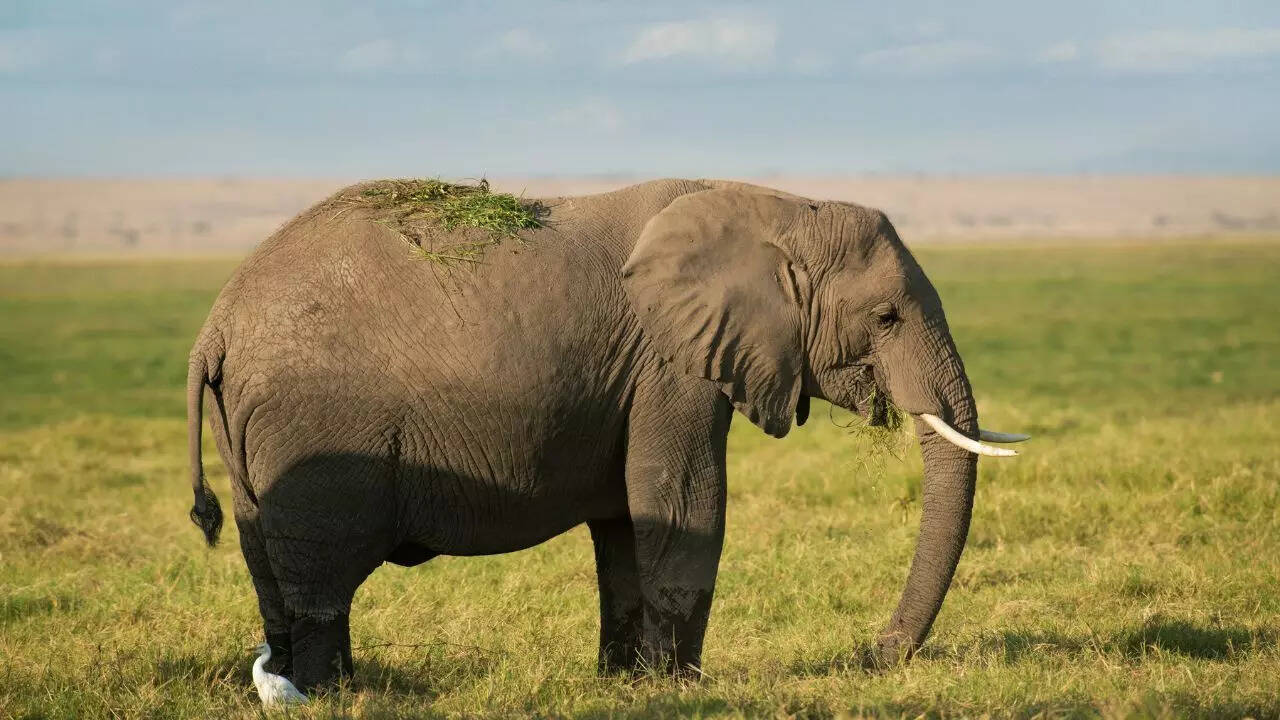In the animal world, some creatures stand out because of one clear feature– a big head. This isn’t just about looks. A larger head often helps animals feed, communicate, protect themselves, or support their body. In many cases, a bigger head is linked to the animal’s overall strength and survival strategy. It can also be a sign of maturity or dominance in some species.From land to sea, these animals show how evolution carefully shapes them to thrive in their environments.African Bush Elephant

The African bush elephant is known for its huge size and broad head. Its head supports a long trunk and strong tusks, which are important for feeding, moving around, and interacting with other elephants. The size of the head also helps balance its massive body while walking and running. Elephants use their heads and tusks to dig for water, peel bark, and even protect their young from threats. This combination of strength and intelligence makes the elephant one of the most remarkable land animals.American BisonThe American bison has a wide forehead and a strong body. Its head supports short, curved horns that help it feed and protect itself. The broad head also helps the bison push through deep snow and tall grass. Bison use their heads during fights for dominance, particularly among males during mating season. Their large heads are not just for survival– they also play a role in social interactions within the herd.

Basking SharkThe basking shark is one of the largest sharks in the sea, known for its huge head and wide mouth. It feeds on plankton, filtering water efficiently to catch tiny organisms. The large head allows it to open its mouth wide without disturbing water flow, which is essential for its feeding technique. Its head also houses sensory organs that help it detect plankton-rich areas. Despite its size, the basking shark is harmless to humans, relying on its head and mouth for survival rather than hunting.

BaboonsBaboons are big primates with long jaws and wide heads. Living in African savannahs and woodlands, their head helps them eat a varied diet and interact socially within their group. The size of the head also accommodates strong jaw muscles, which are useful for chewing tough foods like roots and seeds. In male baboons, bigger heads often signal strength and dominance, which can influence mating opportunities. Their heads are also used in social displays to communicate aggression or submission to other troop members.Beluga WhaleBeluga whales have round heads that contain a special organ called the melon, used for echolocation and communication. Their heads help them move through icy waters, stay in touch with other whales, and find food. The melon allows belugas to emit sounds and interpret echoes, which is crucial in dark or murky waters. Their head also stores fat, helping with buoyancy and insulation in freezing conditions. This combination of features makes the beluga whale well adapted to life in extreme Arctic environments.Disclaimer: The information in this article is drawn from online sources and ecological studies. Some details may vary depending on species and regions.Images: Canva (for representative purposes only)

